Cats, much like humans, can experience anxiety, which can manifest in various forms. Whether it’s a change in their environment, the introduction of a new pet, or simply their natural temperament, anxious cats require extra care and attention. Ensuring your feline friend feels secure is crucial for their overall well-being. Here are seven effective methods to help your anxious cat regain their confidence and comfort.
Create a Safe Space
A safe space for your cat is like a sanctuary where they can retreat to when feeling overwhelmed. It doesn’t need to be extravagant—a cozy corner, a quiet room, or even a cardboard box can serve the purpose. Fill this space with their favorite toys, blankets, and perhaps a piece of your clothing to provide a comforting scent. Cats, being creatures of habit, will appreciate having a consistent place that is solely theirs.
Use Calming Products
There are several products on the market designed to calm anxious cats. Feline pheromone diffusers mimic the comforting scent of a mother cat, which can be soothing. Other products include calming sprays or collars that release stress-relieving scents. It’s important to choose a product that suits your cat’s preferences and needs. Consult your vet if you’re unsure which option is best.
Maintain a Routine
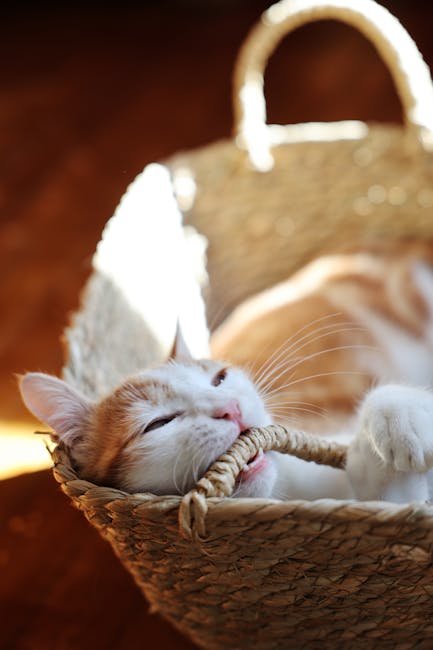
Cats thrive on routine. They feel more secure when they know what to expect. Try to feed, play, and engage with your cat at the same times each day. This predictability helps reduce anxiety and creates a sense of stability. If you’re planning any changes, introduce them gradually to give your cat time to adjust.
Interactive Playtime

Regular playtime not only provides physical exercise but also mental stimulation, which can reduce anxiety. Use toys that mimic prey, like feather wands or laser pointers, to engage their natural hunting instincts. This not only distracts them from their fears but also helps build their confidence. Remember to always end play sessions with a treat to mimic a successful hunt.
Positive Reinforcement
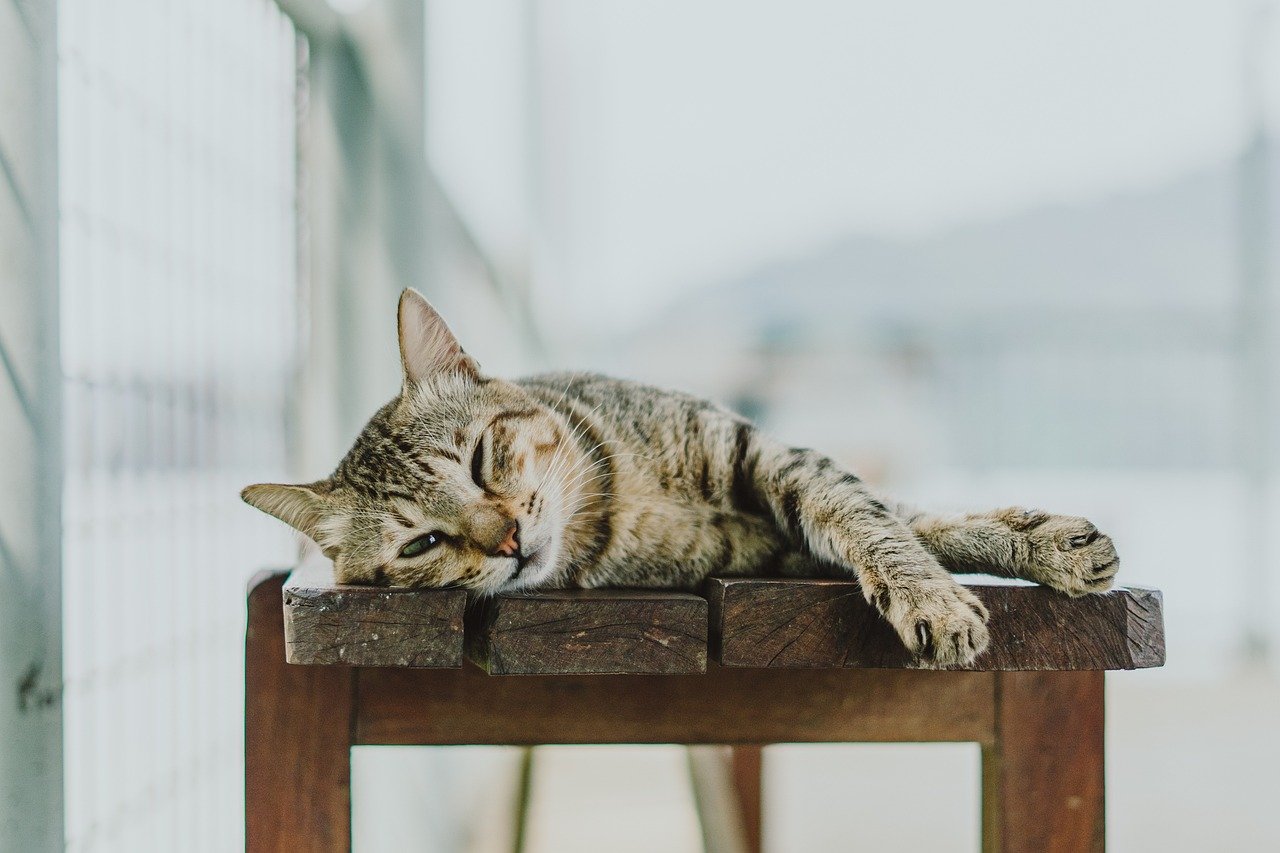
Encourage your cat’s bravery and calm behavior with positive reinforcement. Treats, praise, and petting can reinforce their confidence. When your cat approaches a situation that typically triggers anxiety, reward them for their courage. Over time, they will associate previously stressful situations with positive outcomes.
Provide Vertical Spaces
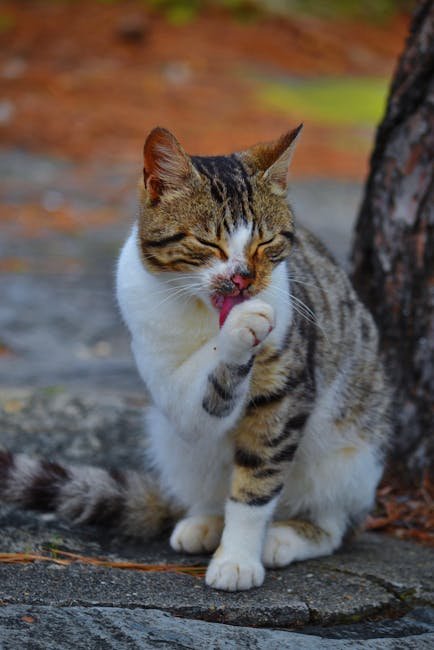
Cats love to climb and observe from high places. Providing vertical spaces like cat trees or shelves can give them a sense of security. From these vantage points, they can survey their environment without feeling threatened. It’s a simple yet effective way to help them feel in control and secure.
Ensure a Stress-Free Environment
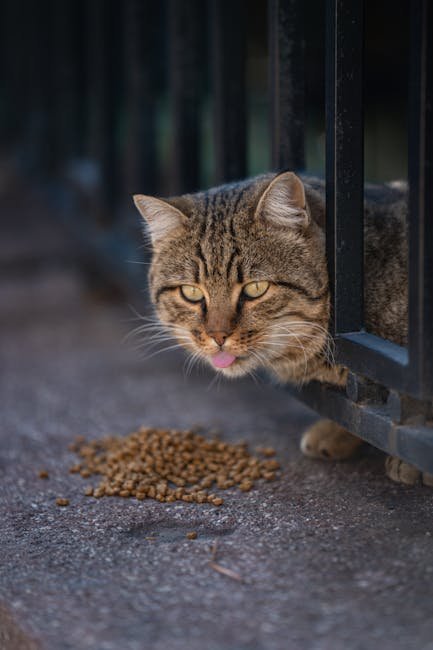
Anxiety in cats can be triggered by loud noises, unfamiliar people, or other pets. Minimize these stressors by creating a calm environment. Use white noise machines to mask disruptive sounds or create a designated quiet area during busy times. Ensuring your home is a peaceful haven will greatly benefit an anxious cat.
Utilize Music Therapy
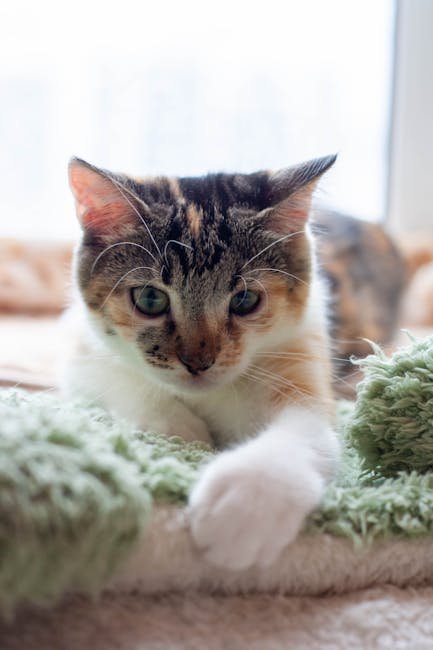
Believe it or not, music can have a calming effect on cats. Soft classical music or specifically designed pet music can create a soothing atmosphere. Experiment with different genres to see which your cat responds to best. This auditory comfort can help ease their anxiety and promote relaxation.
Consult a Veterinarian
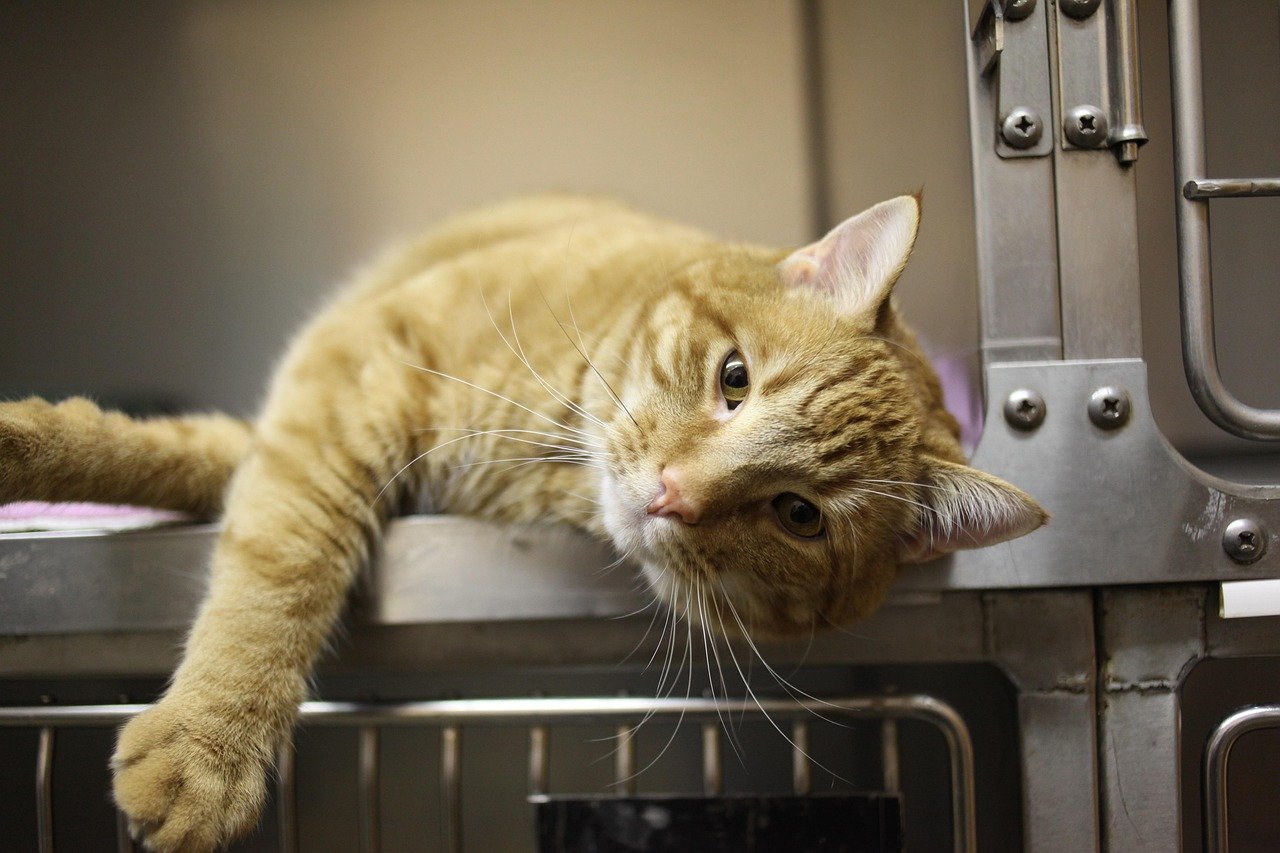
If your cat’s anxiety persists despite your efforts, it may be time to consult a veterinarian. They can rule out any underlying health issues that might be contributing to the anxiety. Additionally, they may suggest behavioral therapy or medication if necessary. It’s always best to seek professional advice if you’re unsure.
Use Catnip Judiciously
Catnip can have a calming effect on some cats, although it can make others more hyperactive. Introduce it gradually to see how your cat reacts. If it helps them relax, it can be a useful tool in managing their anxiety. Just be mindful of its effects and use it sparingly.
Practice Patience

Helping an anxious cat feel secure is not an overnight process. It requires time, patience, and consistency. Celebrate small victories and remain supportive. Your cat will sense your patience and understanding, which will aid in their recovery.
Provide Hiding Spots
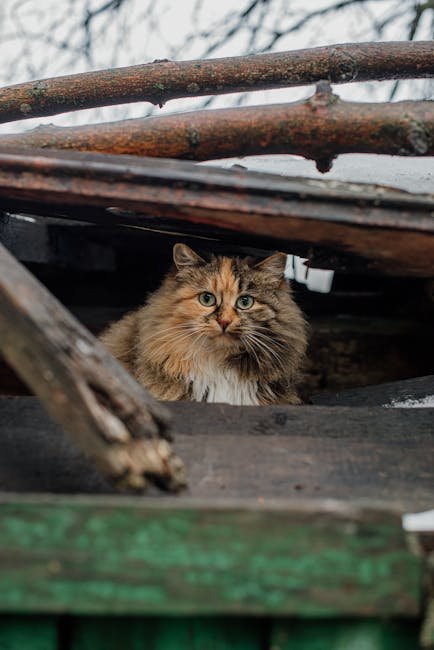
Cats often seek out hiding spots when they’re anxious. Ensure they have access to places where they can hide and feel safe. Under a bed, inside a closet, or behind furniture are all potential hiding spots. Allow them the freedom to retreat when needed.
Monitor Social Interactions
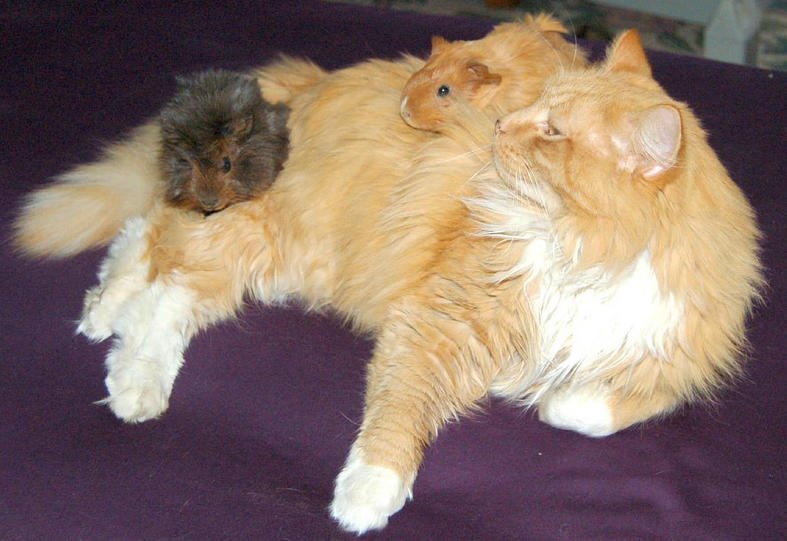
If there are other pets or people in your home, monitor how they interact with your cat. Ensure that these interactions are positive and not contributing to your cat’s anxiety. Teach children and visitors how to approach the cat calmly and respectfully.
Use Gentle Touch
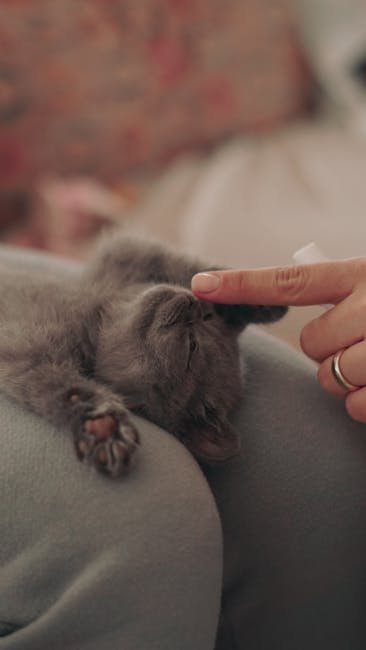
Physical affection can be comforting for an anxious cat. However, it’s important to approach them gently and respect their boundaries. Start with slow, gentle strokes and watch for signs of discomfort. Over time, your cat may begin to associate your touch with safety and comfort.
Offer a Balanced Diet

A well-balanced diet is essential for your cat’s physical and mental health. Ensure they’re receiving the right nutrients to support their overall well-being. Sometimes, dietary changes can help manage anxiety, but it’s important to consult with your vet before making any adjustments.
Encourage Exploration
Allow your cat to explore their environment at their own pace. Encourage them to investigate new areas or objects by placing treats or toys nearby. This exploration can boost their confidence and reduce anxiety over time.
Limit Changes

Cats are creatures of habit and do not like change. Limit any unnecessary changes in their environment. If changes are unavoidable, introduce them slowly to give your cat time to adjust. This careful approach can help minimize anxiety.
Use Aromatherapy
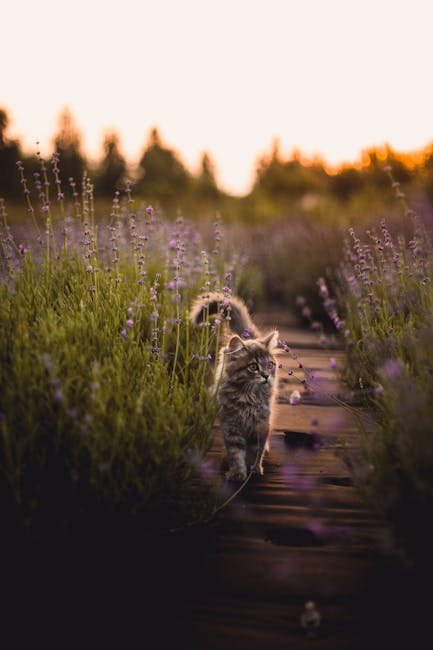
Certain scents, like lavender or chamomile, can have a calming effect on cats. Use essential oils or scented candles in a safe manner to create a relaxing atmosphere. Always ensure the scents are pet-safe and not overwhelming for your feline friend.
Encourage Sunbathing
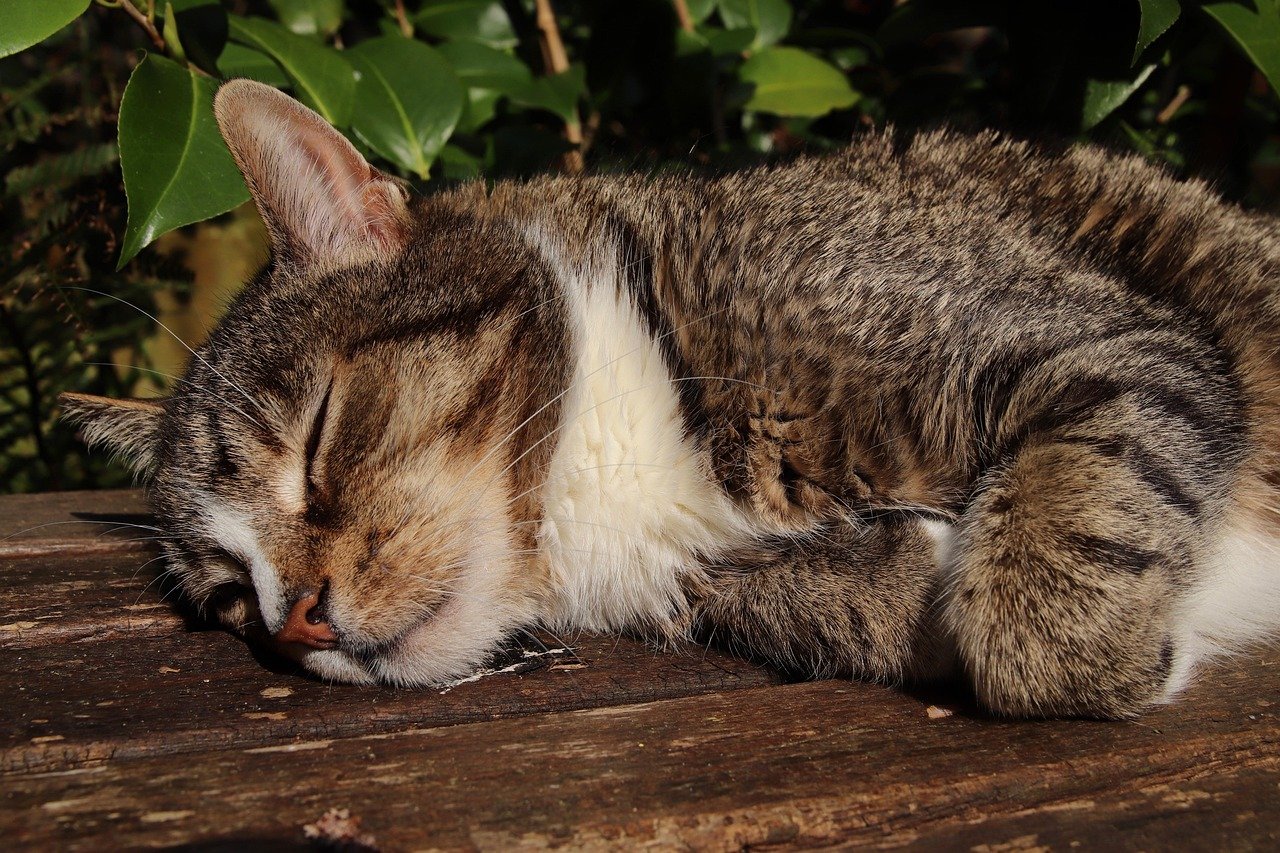
Cats love to bask in the sun, and it can be incredibly soothing for them. Ensure they have access to sunny spots in your home where they can relax and soak up the warmth. This simple pleasure can significantly reduce anxiety levels.
Stay Consistent
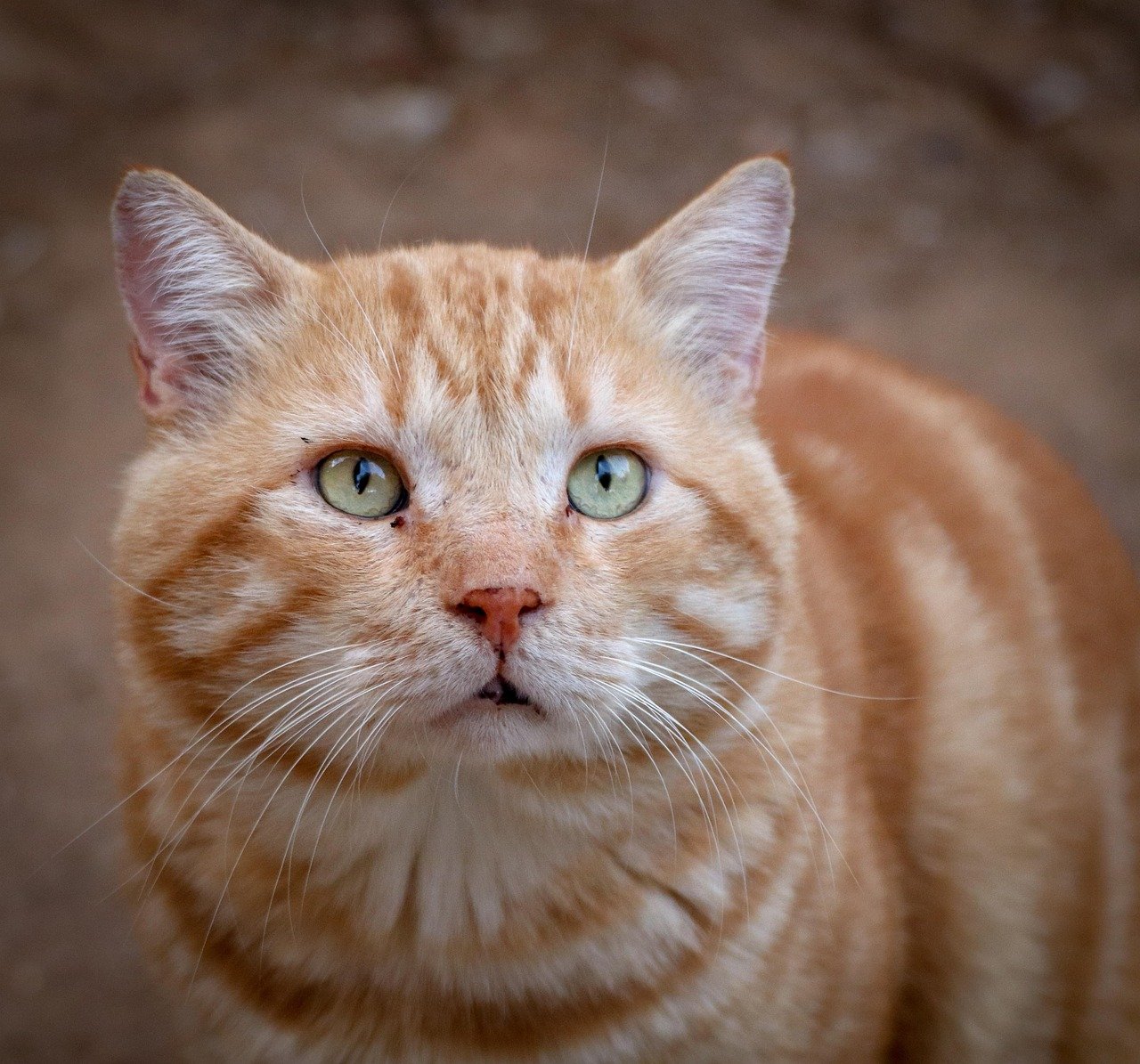
Consistency is key when helping an anxious cat. Stick to routines, maintain a calm environment, and provide consistent care. Over time, these efforts will help your cat feel more secure and reduce their anxiety.
In conclusion, while managing an anxious cat can be challenging, it is certainly rewarding. By implementing these strategies, you can help your feline friend feel more secure and content in their environment. Remember, patience and understanding are vital components in this journey toward a happier, healthier cat.
Hi, I’m Bola, a passionate writer and creative strategist with a knack for crafting compelling content that educates, inspires, and connects. Over the years, I’ve honed my skills across various writing fields, including content creation, copywriting, online course development, and video scriptwriting.
When I’m not at my desk, you’ll find me exploring new ideas, reading books, or brainstorming creative ways to solve challenges. I believe that words have the power to transform, and I’m here to help you leverage that power for success.
Thanks for stopping by, Keep coming to this website to checkout new articles form me. You’d always love it!






